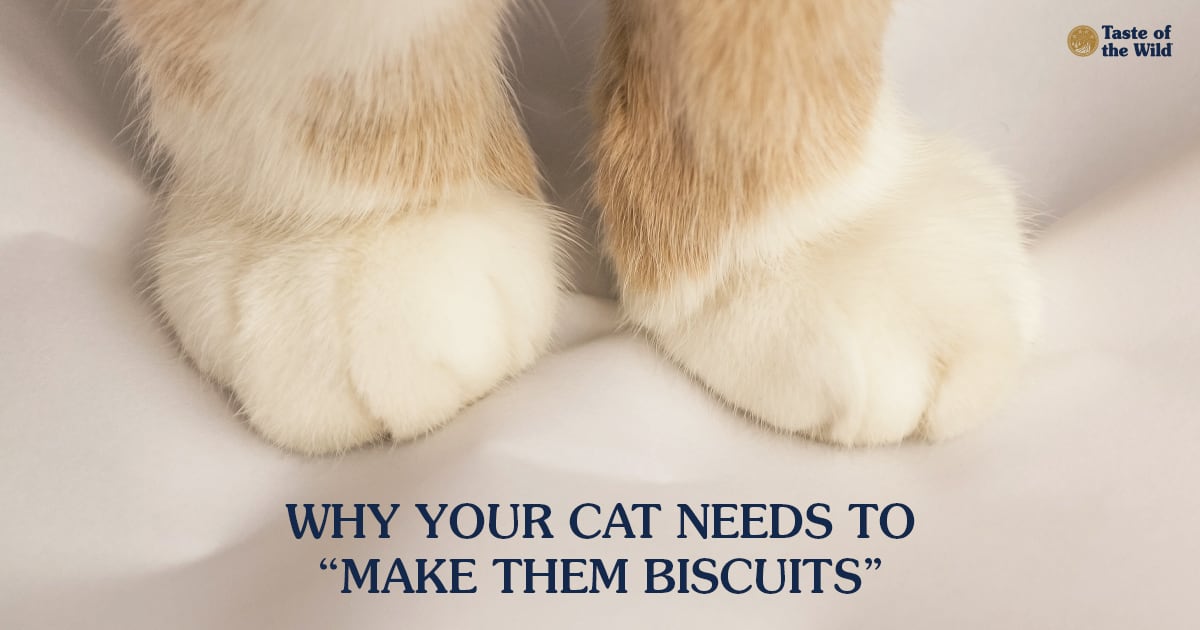
For some cats, kneading seems like the pinnacle of Zen contentment. They close their eyes and rhythmically press one paw, then the other, often extending and releasing their nails at the same time. In this meditative state, they may drool slightly or rev up their purring engine to the loudest setting. But what’s behind this behavior?
Instinctive nursing behavior
Shortly after birth, kittens often knead to stimulate their mother’s milk flow, a behavior dubbed “milk treading” by noted zoologist Desmond Morris. This behavior may continue into adulthood as a way to show contentment. Snuggled in your lap or in a soft bed, your cat may knead as a way to communicate how happy they are there. And the drool? Perhaps it’s a feline version of Pavlov’s dog: they salivate in anticipation of the milk they received as kittens.
Labeling “what’s mine”
Your cat has scent glands on their paw pads, so when they knead, they leave an olfactory message for other cats that says, “I was here” or “this is mine.” Contented cats may also rub their lips, cheeks or foreheads on their owners for the same reason, to leave a personal message from scent glands in those areas.
A calming influence
Cats may also knead when they’re feeling anxious, as a self-soothing behavior. For instance, cats in unfamiliar surroundings, such as a boarding facility or veterinary clinic, may knead to block out distractions and focus on a feeling of contentment.
Creating a nest
Just as dogs turn in circles before lying down, a behavior that may come from their wild ancestors who tamped down the grass to make a bed, cat kneading may be an instinctive behavior to clear a place to rest.
Kneading until it hurts
Some cats may get downright aggressive with their kneading, using all four paws, sinking claws into human skin and yowling loudly. The cats are often in a trance-like state with legs that twitch or move stiffly.
If that happens, avoid punishing the cat. Kneading is a natural behavior, and negative reinforcement will likely confuse the cat and cause additional stress. There are, however, a number of things you can do:
- Keep your cat’s nails trimmed.
- When your cat kneads on you, place a thicker blanket between you and your fur baby.
- Redirect your cat’s behavior to a different area, such as a blanket or cushion.
- Distract your cat with treats or a play session with their favorite toy.
If the kneading becomes excessive, it’s possible your cat is feeling stressed about something and resorts to kneading to soothe itself. Synthetic pheromones such as Feliway, available in sprays or plug-in diffusers, may help the cat feel calmer. Otherwise, consult your veterinarian for other strategies to help your cat.
The information in this blog has been developed with our veterinarian and is designed to help educate pet parents. If you have questions or concerns about your pet's health or nutrition, please talk with your veterinarian.
